Romney Sheep
- February 8, 2024
- 0 comment
Romney sheep, also known as Romney Marsh sheep, are a remarkable breed with a rich history and a significant presence in the farming world. Originating in the Romney Marsh region of Kent, England, in the early 13th century, these sheep have been cherished for their exceptional wool quality and adaptability. They are known for their robust health and ability to thrive in various climates, making them a popular choice among farmers globally.
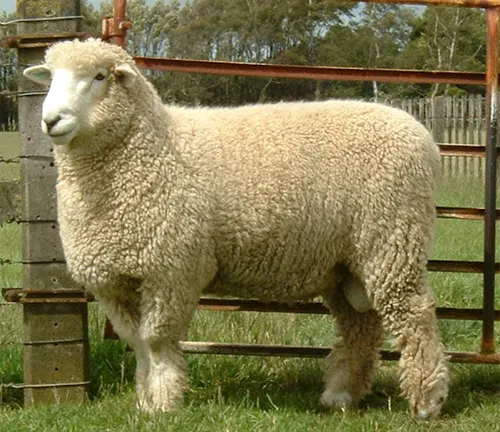
Romney sheep are characterized by their large, muscular bodies and long, fine wool, which has a staple length of about 6 to 8 inches. This wool is highly sought after for its versatility, used in crafting luxurious textiles, upholstery, and even mattresses. In addition to their wool production, Romney sheep also provide lean and tender lamb meat. Despite facing population declines over the years, conservation efforts have been initiated to protect and preserve this unique breed, recognizing their value in sustainable farming practices. Overall, Romney sheep stand as a testament to the enduring legacy of agricultural breeds and their continued importance in today’s farming landscape.
| Specification | Details |
|---|---|
| Breed Name | Romney Sheep (Romney Marsh Sheep) |
| Origin | Romney Marsh region of Kent, England |
| Appearance | Large, sturdy, muscular body |
| Weight (Ewes) | 150 to 200 pounds |
| Weight (Rams) | 200 to 250 pounds |
| Wool Characteristics | Dense, lustrous, long (6-8 inches) wool |
| Primary Use | Wool production, high-quality textiles |
| Meat Production | Lean and tender lamb meat |
| Adaptability | Thrives in various climates |
| Conservation Efforts | Initiatives to protect and preserve |
| this unique breed | |
| Role in Sustainability | Valuable for eco-conscious farming |
A Woolly Wonder of the Farming World
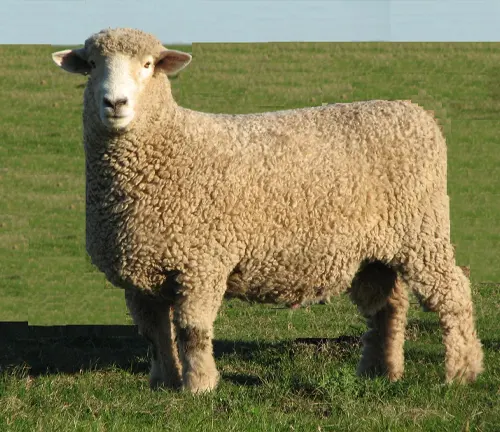
In the vast and diverse world of sheep breeds, one name that stands out is the Romney sheep. These magnificent creatures have been cherished by farmers and wool enthusiasts for generations. In this article, we will delve into the fascinating world of Romney sheep, exploring their origins, characteristics, and the significant role they play in the agriculture industry.
Romney sheep, also known as Romney Marsh sheep, are a breed that originated in the Romney Marsh region of Kent, England. They are renowned for their exceptional wool quality, robust health, and adaptability to various climates.
Historical Significance
Early Beginnings
The history of Romney sheep dates back to the early 13th century when they were first recognized as a distinct breed. Their development was primarily driven by the need for a resilient and productive sheep breed in the marshy and challenging terrain of Romney Marsh.
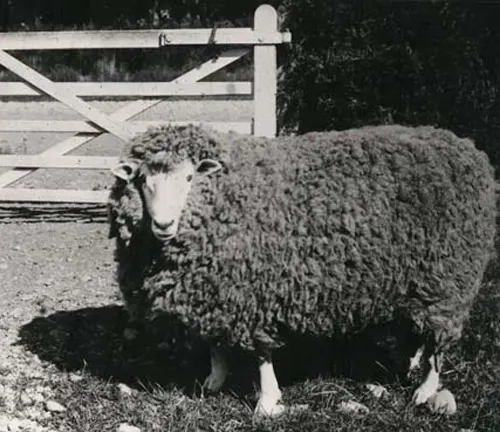
Medieval Heritage
Romney sheep have a deep-rooted history dating back to the 13th century in the Romney Marsh region of Kent, England. They played a pivotal role in the development of the English wool industry during medieval times, contributing to the economic prosperity of the region.
Global Impact
The export of Romney sheep to New Zealand in the 19th century marked a significant chapter in their history. They adapted well to the New Zealand landscape and became a cornerstone of the country’s successful sheep farming industry, further showcasing their global influence.
Conservation and Tradition
Romney sheep are not just a breed; they represent a cultural and agricultural heritage. Conservation efforts have been established to protect and preserve this breed, recognizing its historical and genetic value. Additionally, they continue to be a symbol of tradition and farming expertise in regions where they are raised, emphasizing their enduring significance.
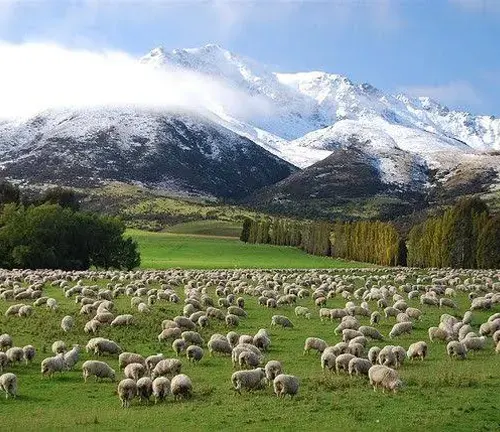
Export to New Zealand
Romney sheep made their way to New Zealand in the 19th century, where they found a new home and thrived in the fertile pastures of this island nation. New Zealand Romney sheep have since become renowned for their superior wool production.
Physical Characteristics
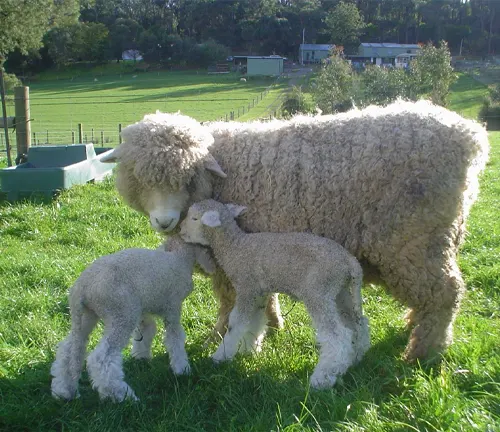

- Size: Romney sheep are large and robust animals, with both ewes and rams exhibiting a sturdy and muscular build.
- Weight: Ewes typically weigh between 150 to 200 pounds, while rams can reach weights of 200 to 250 pounds, making them substantial in size.
- Wool: Romney sheep are known for their dense, lustrous wool, which has a long staple length of about 6 to 8 inches. This wool is highly prized for its quality and versatility.
- Coloration: Their fleece can vary in color, but white is the most common. Some individuals may have a creamy or off-white coloration.
- Face and Ears: Romney sheep have a distinctive appearance with a clean, open face, and their ears are often free of wool, which helps with heat regulation and cleanliness.
Adaptability
Romney sheep are known for their adaptability to various climates and environments. They can thrive in both hot and cold conditions, making them a popular choice for farmers in diverse regions.
- Climate Tolerance: Romney sheep are highly adaptable to various climates. They can thrive in both hot and cold environments, making them suitable for a wide range of geographical regions.
- Hardiness: These sheep are known for their robust health and resilience. They can withstand challenging conditions and are less susceptible to certain diseases, which makes them a reliable choice for farmers.
- Grazing Flexibility: Romney sheep are well-suited for grazing in diverse terrains. They can graze in pasturelands, hilly areas, and marshy regions, showcasing their adaptability to different landscapes.

Role in Agriculture
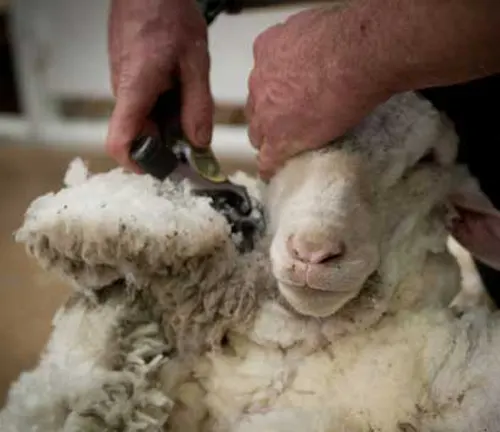
Wool Production
Romney sheep are primarily bred for their high-quality wool. Their fleece is dense, lustrous, and has a long staple length, making it ideal for crafting luxurious textiles, including sweaters, blankets, rugs, and more. The wool is highly sought after for its versatility and is used in various textile applications.
Meat Production
While wool is their primary focus, Romney sheep also contribute to the meat industry. The lamb meat produced by Romney sheep is lean, tender, and flavorful. They are often crossed with meat-focused breeds to enhance the quality of lamb meat, adding to their role in meat production.
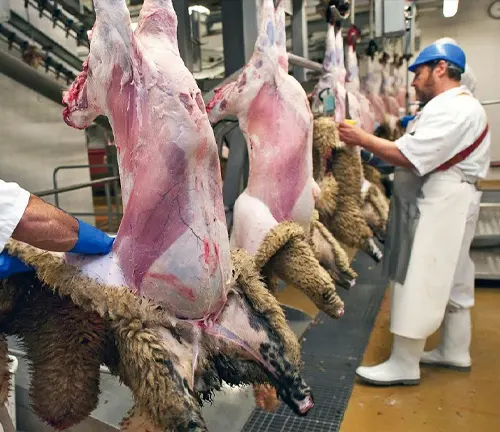

Sustainable Farming
Romney sheep are known for their adaptability and hardiness, which makes them well-suited for sustainable farming practices. Their ability to thrive in different climates and terrains contributes to eco-conscious agricultural endeavors. They help maintain pasturelands and promote biodiversity through responsible grazing.
Different Species
Merino Sheep
Known for their fine, soft wool, Merino sheep are often prized for their wool production, which is used in high-end textiles.
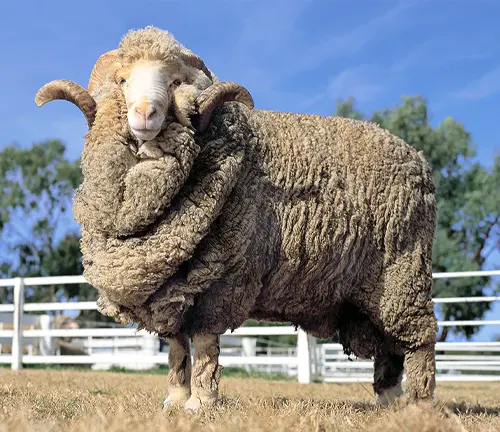

Suffolk Sheep
Suffolk sheep are renowned for their meat production, with lean and flavorful lamb meat.
Dorset Sheep
Dorset sheep are versatile and known for their ability to lamb throughout the year, making them valuable for continuous meat and wool production.
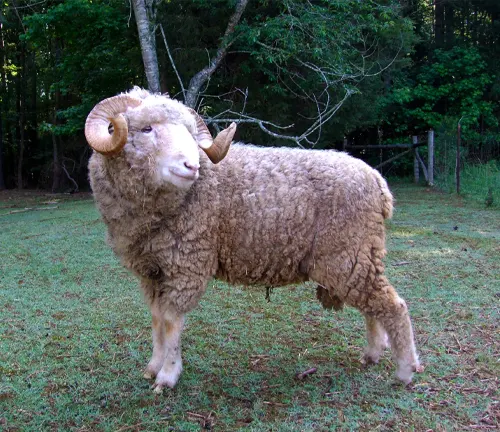
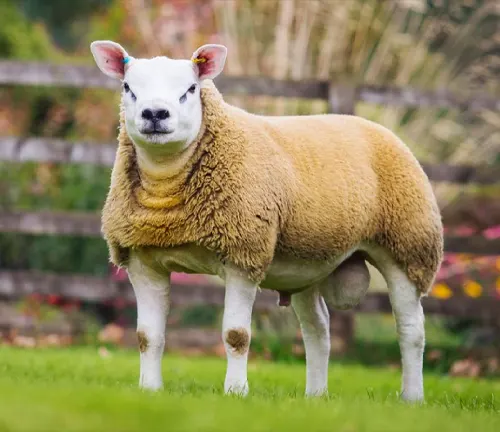
Texel Sheep
Texel sheep are admired for their muscular build and are often raised for their meat.
Border Leicester Sheep
These sheep are famous for their long, curly wool, which is used in making high-quality textiles.
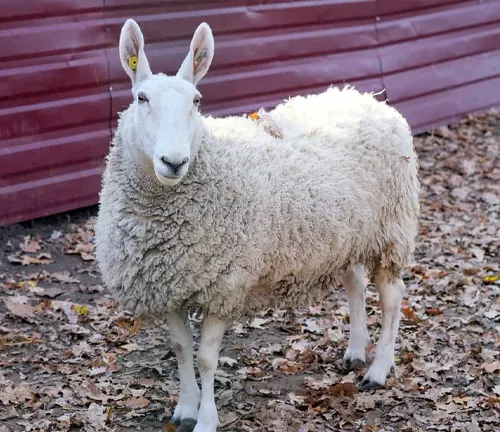
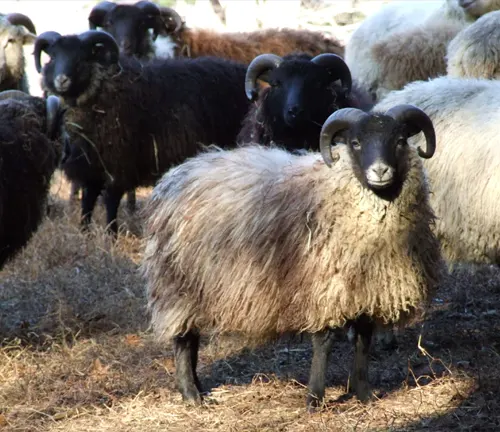
Shetland Sheep
Shetland sheep are a smaller breed with fine wool and are appreciated for their unique colors and patterns.
Jacob Sheep
Known for their distinctive piebald (spotted) fleece, Jacob sheep are raised for both wool and meat.

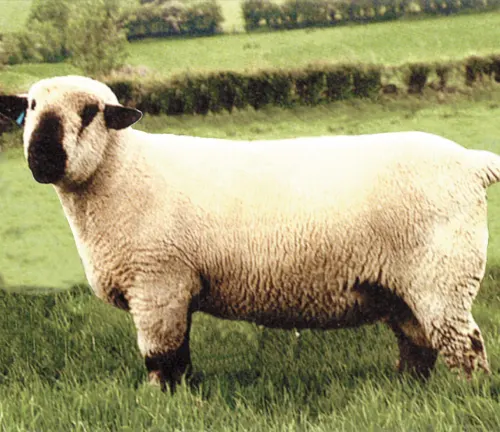
Hampshire Sheep
Hampshire sheep are meat-focused, known for their excellent meat quality and conformation.
Icelandic Sheep
Icelandic sheep are a hardy breed known for their dual-purpose use, providing meat, wool, and sometimes even milk.
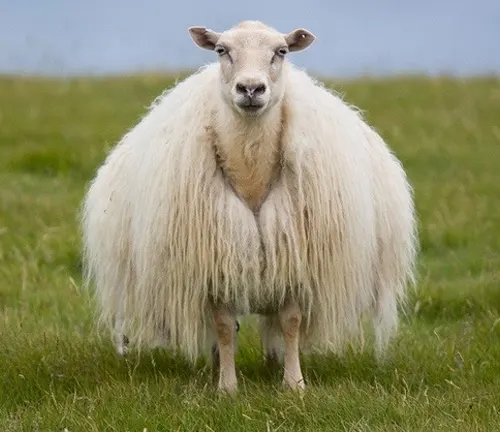
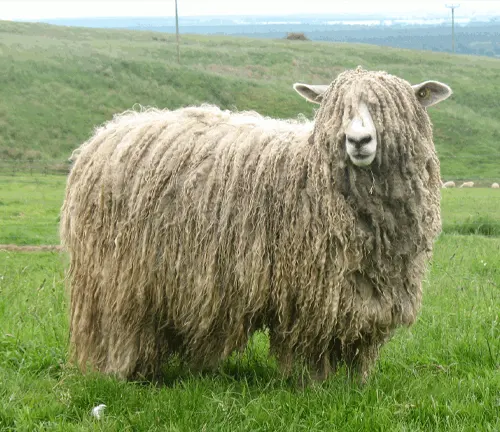
Lincoln Sheep
Lincoln sheep are large and produce long, coarse wool, often used in carpet production.
Frequently Asked Question (FAQs)
- What is the origin of Romney sheep?
Romney sheep, also known as Romney Marsh sheep, originated in the Romney Marsh region of Kent, England, in the early 13th century. - What are Romney sheep primarily known for?
Romney sheep are primarily known for their exceptional wool quality, which is highly prized for its versatility in textiles. - How do Romney sheep contribute to sustainable farming?
Romney sheep are adaptable and hardy, making them valuable for eco-conscious agricultural endeavors. Their ability to thrive in various climates contributes to sustainable farming practices. - Are Romney sheep raised for meat production as well?
While Romney sheep are primarily bred for wool, they also provide lean and tender lamb meat, making them a dual-purpose breed. - What are the physical characteristics of Romney sheep?
Romney sheep are characterized by their large, muscular bodies and long, fine wool with a staple length of about 6 to 8 inches. - Are there any conservation efforts in place for Romney sheep?
Yes, there are various conservation efforts aimed at protecting and preserving the Romney sheep breed, recognizing its historical significance and unique attributes. - Where can I learn more about Romney sheep and their conservation efforts?
To learn more about Romney sheep and their conservation, you can visit relevant websites, agricultural organizations, or engage with local farmers and breeders who specialize in this breed. - What is the primary role of Romney sheep in agriculture?
The primary role of Romney sheep in agriculture is wool production, but they also play a significant role in meat production and contribute to sustainable farming practices. - How do Romney sheep adapt to different climates?
Romney sheep are known for their adaptability to various climates, including both hot and cold conditions, making them a versatile choice for farmers in diverse regions. - What makes Romney sheep’s wool so special?
The wool of Romney sheep is prized for its density, luster, and long staple length, making it ideal for crafting high-quality textiles, upholstery, and more.




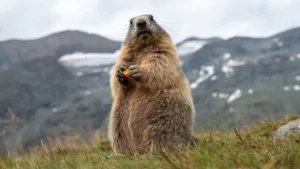

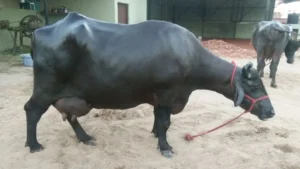
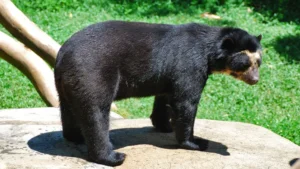
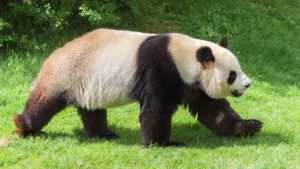
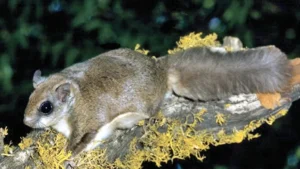
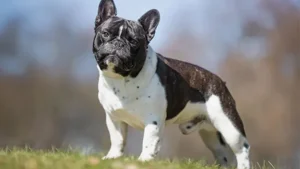



Leave your comment